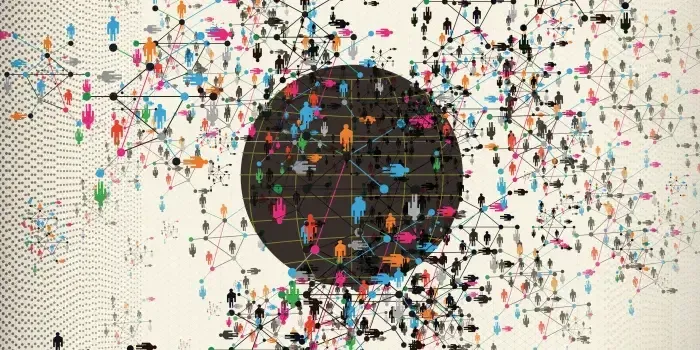The World Federation of Hemophilia (WFH) has many endeavors in place for realizing its goal of “Treatment for All.” While each one plays a crucial role in the community, a major effort for the organization in 2019 will be outreach and identification of undiagnosed people with bleeding disorders. Outreach and identification of patients has always been an important issue for the WFH, but more focus is now being placed on reaching patients directly, in addition to training healthcare professionals in diagnosis.
Patient outreach and identification involves identifying people with hemophilia or other bleeding disorders, including von Willebrand disease, who have not been diagnosed or whose health needs are not being met by healthcare services. Patients can be identified through activities to educate and raise awareness and by seeking out individuals for diagnosis.
The importance of outreach and identification can’t be underestimated. “If we look at the numbers, the need is clear,” explains WFH Director of Humanitarian Aid Assad Haffar, MD. “We know what the range is for the prevalence of hemophilia and other bleeding disorders for a region as a percentage. And we know the actual percentage of identified patients of a country. So when you compare the two and see that the number of identified people is far below what you would expect to see, you know there is a problem.” The issue, simply put, is that there are a significant number of undiagnosed patients around the world, and they may be living a compromised quality of life because of their medical condition.
When people with a previously undiagnosed bleeding disorder are identified, the WFH takes steps to make it as easy as possible for them to get the support they need. In many cases, a hemophilia nurse or genetic counselor takes a full family history and identifies other potentially affected family members. All relatives of the affected person are invited to be present at a home visit so the patient and the extended family can be educated on the person’s condition. Also, family members have an opportunity to request testing, more information or counseling. The process also includes giving patients contact details for a hemophilia treatment center where they can go for care.
To best tackle the enormous challenge of identifying so many potential patients, the WFH works closely with essential partners, including patient organizations, caregivers and health authorities. By keeping all parties engaged and sharing objectives and results, the WFH is able to work with all parties in a spirt of collaboration to reach as many undiagnosed patients as possible. The goal is to help these patients understand their condition and provide them with the care they need to enjoy a better quality of life.

